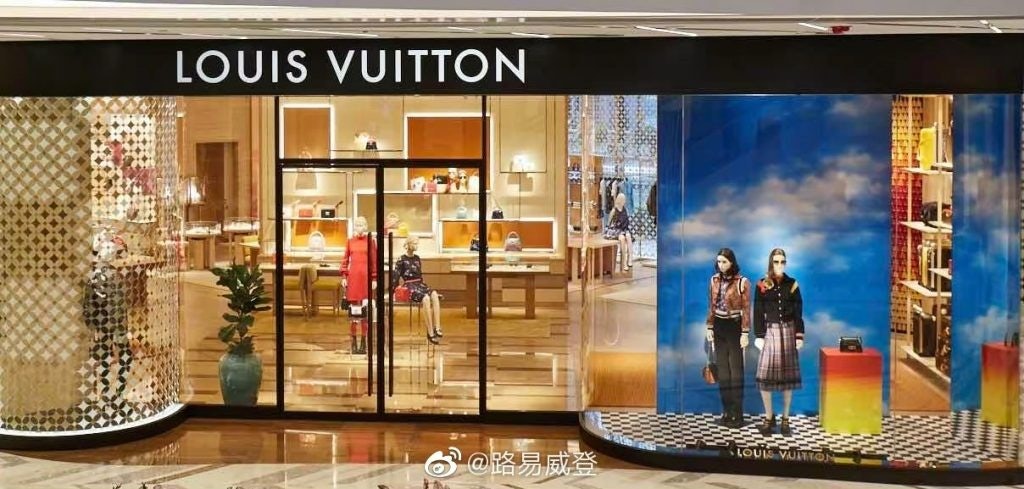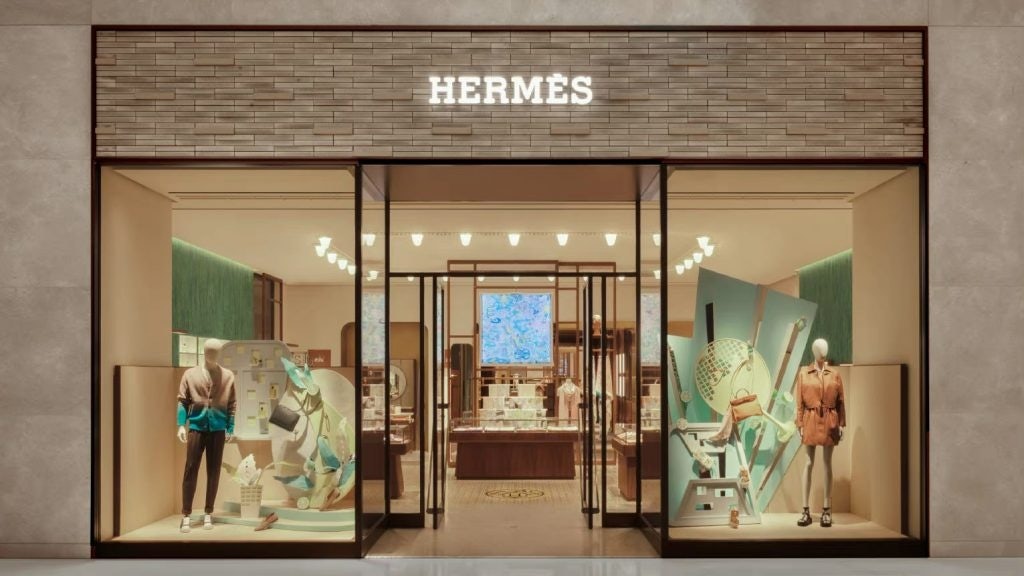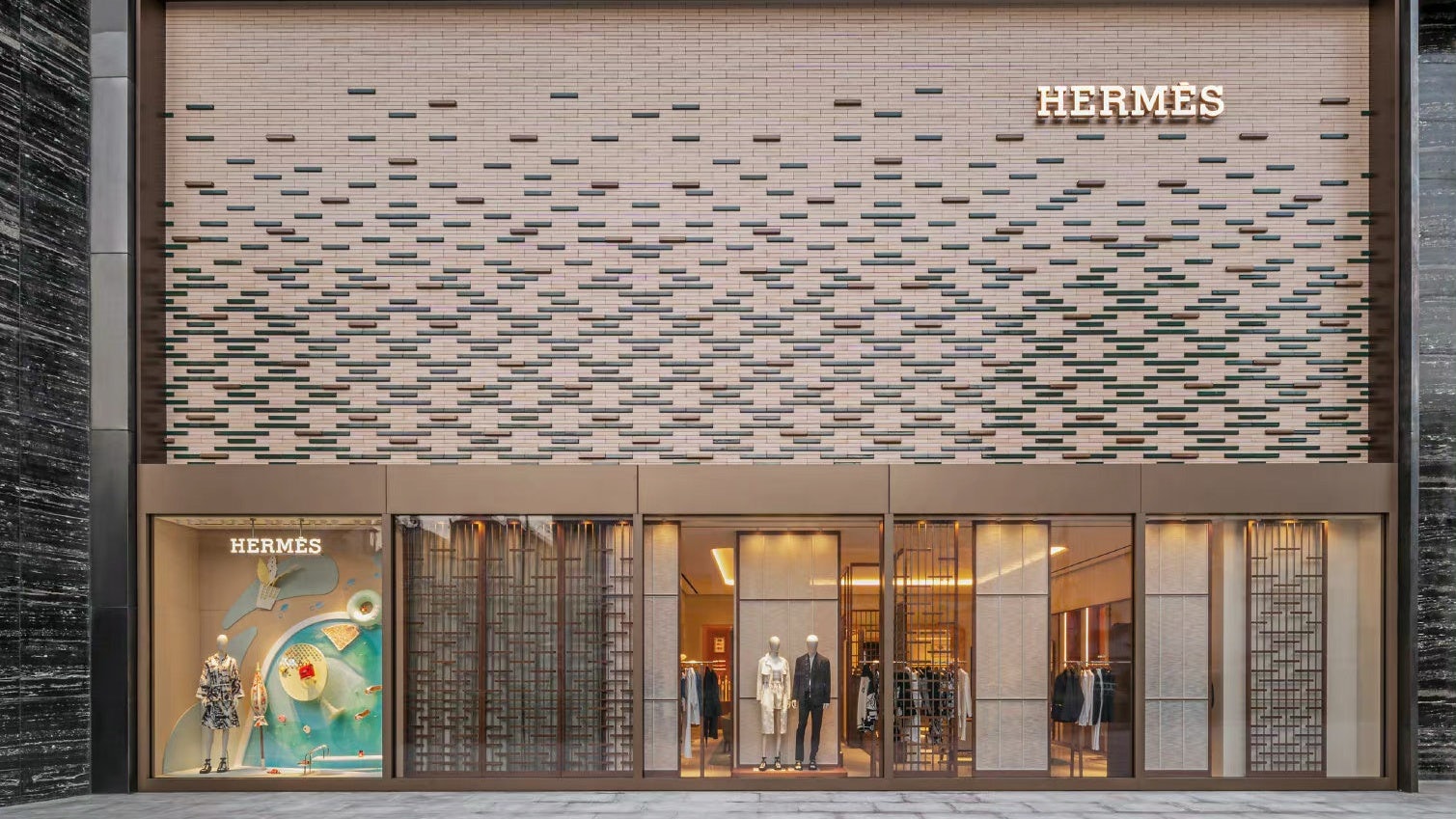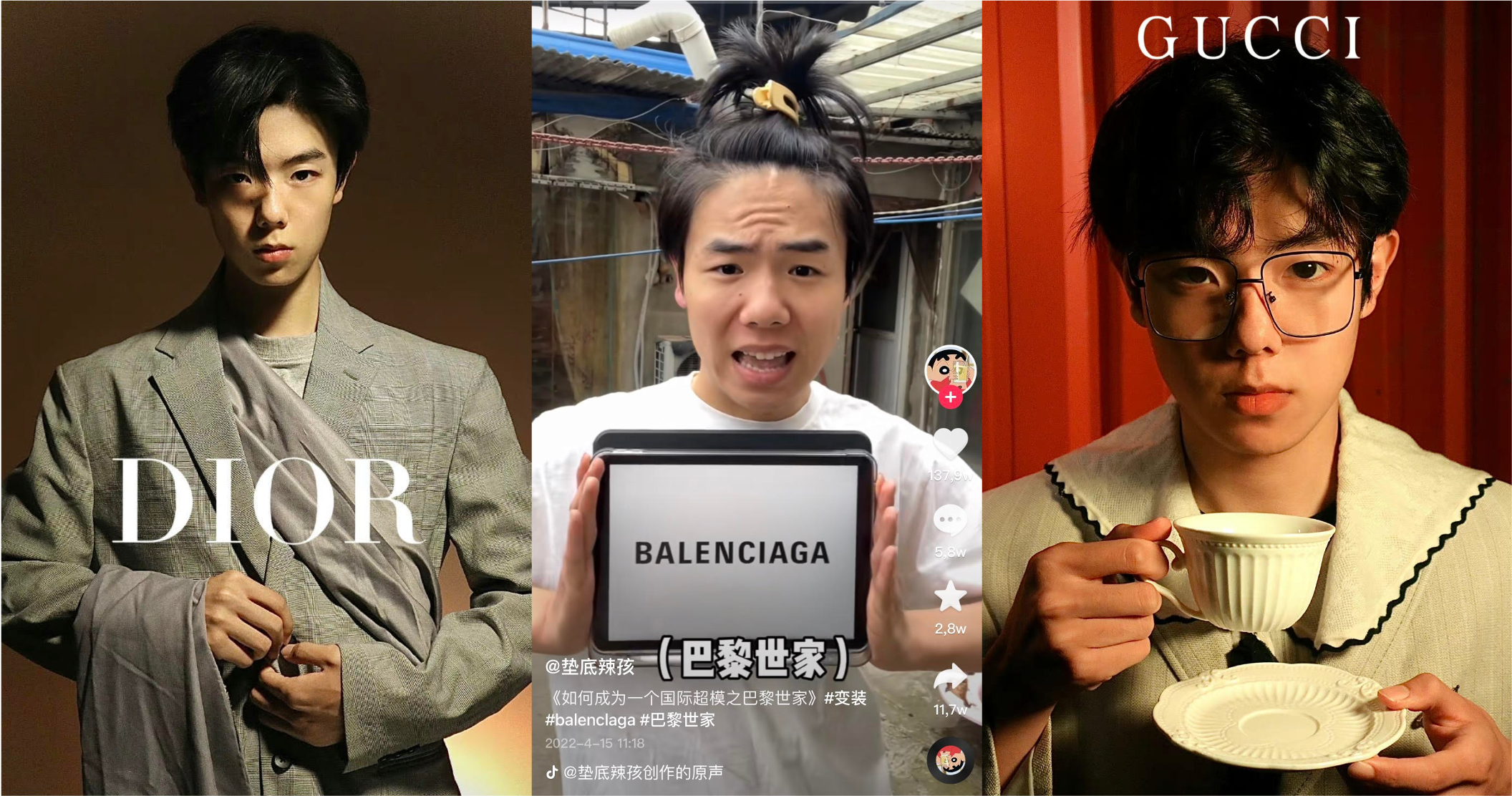Over the past year, various luxury players have been eyeing promising lower-tier cities to reach local consumers. Of course, this is nothing new. A decade ago you could see Louis Vuitton, Gucci, Prada, and Burberry in the high-end shopping malls of Wenzhou, a third-tier city. These boutiques were jam-packed with well-off shoppers and products would sell out quickly
—#
if not instantly.
Twenty-seven-year-old Li Shuang, now a Gen Z mom living in Wenzhou, Zhejiang, remembers seeing her parents “line up at the town’s Fortune Mall to buy Louis Vuitton.” But then it changed, as sophisticated consumers realized that buying locally often meant prices were three times higher than in Western countries. Unsurprisingly, brands exited. From the mid-2010s onwards they were leaving these lesser-known cities in droves.
And so top-tier cities like Shanghai, Beijing, Guangzhou, and Shenzhen (which had firm domestic tourist influxes as well as HNWIs) became oversaturated with stores — and still are to this day. Louis Vuitton alone has 21 stores in these metropolises. This high concentration means that premium houses not only suffer greatly from competition but also run the risk of cannibalization between their own boutiques.

Surging domestic demand due to China’s closed borders has forced maisons to grow their market shares in the more promising, luxury-starved lower-tier cities. Prior to the Covid outbreak, Li would ask overseas relatives in Europe or trusted daigous in Hong Kong to purchase her desired items as “the price tags are far more reasonable." She has, now, repatriated her consumption. “Before, luxury would not allocate much merchandise in China. I had to go abroad to find what I wanted. But now they are prioritizing this market.”
In fact, 55 percent of luxury companies' new brick-and-mortars were opened in the mainland during 2021. Many were located in the country’s lower-tier cities in a bid to acquire new luxury consumers. While this is large, it’s still — considering the opportunity — cautious. According to the BCG x Tencent 2019 report, nearly half of the country’s luxury consumption comes from tier 2 and 3 cities.
Here, Jing Daily talks to analysts to investigate the pros and cons for luxury brands expanding their footprint in these developing areas.
The Pros: New middle class, experience, and financial incentives#
In March 2022, Hermès opened its first store in the David Plaza in Zhengzhou, Henan Province and sold out all its boutique’s stock on the first day. Demand is evident. The new middle class from regions such as these has been the main force behind luxury labels’ recent expansion. McKinsey expects that by 2025 these well-off groups will exceed 500 million people, covering more than half of China's urban population; their total disposable income will reach 2 trillion (13.3 trillion yuan). Reaching them is vital.

Laura Pan, professor of International Business at SDA Bocconi School of Management, noted that previously, luxury firms were “expecting wealthy consumers from lower-tier cities to go to top-tier destinations” or “to make purchases through their e-commerce platforms.” In the end, it was the latter that happened (mostly). 2021 saw Tmall’s Double 11 record a 50 percent increase in new luxury shoppers from third-tier cities.
Still, when it comes to expensive purchases, online is not enough: many Chinese consumers desire a full-service experience. To cater to shoppers, high-end players must open boutiques closer to them. Li explained, “knowing the sales associate and receiving personalized services makes my bond stronger with a brand.”
Xiaohongshu has many trending posts on the topic from accounts or KOLs sharing their VVIC retail experiences, such as birthday surprises in private rooms and in-store trunk shows. “It is difficult to imagine luxury brands making their clients travel a few hours to their closest top-tier city to enjoy these personalized experiences,” continued Pan.
Another upside for labels is the incentives local governments are offering to attract global names. Up-and-coming cities like Chongqing, Nanjing, and Zhengzhou are building two or even three high-end malls with the aim of becoming international shopping destinations. On 8 February, the Chongqing municipal government introduced a new policy for international groups: those opening their first store in the city could qualify for up to 158,000 (1 million RMB).
A growing new middle class, strong appetite for luxury brands, and tempting incentives offered by governments — lower-tier cities could be a luxury goldrush.
The Cons: Shortage of HNWIs, stock management, and supply over demand#
But there’s always a downside. Despite the growth in the new middle class in lower-tier cities, there might be a shortage of HNWIs (high-net-worth individuals). There is still a significant gap between the proportion of wealthy households in the first- and lower-tier cities.
The issue of an oversupply of luxury was raised by Jason Yu, the managing director of Kantar Worldpanel Greater China, a market research company focusing on consumer knowledge and insights. He stated that most tier 2 and 3 cities cannot accommodate an array of high-end retail facilities and shopping centers due to a lack of infrastructure and tourist influx: “over-development will mean supply over demand.”
In light of this, brands have to carefully select their target expansion cities based on future economic growth prospects and the direction of China’s economic transition. Yu suggested focusing more on the fast-developing city clusters in the East and South regions while reducing presence in the Northeast.
Stock management and distribution are potentially another pain point for businesses operating in multiple cities in a country. It may be a challenging task to cater to different areas’ demands while avoiding stockpiling. Pan posed the valid question of, “how do companies increase sell-through per store and ensure there is no stock hoarding among the sales associates?” In this case, local teams and partners must do their due diligence before adventuring into untested territories and prioritize quality over speed.
2022 and beyond#
Overall, the luxury goods market here is predicted to grow by 15 to 18 percent in 2022, reports Yaok, the Chinese luxury research institute. This is a chance to increase sales through lower-tier cities. Kantar’s Yu forecasted that for the remainder of 2022, expansion is still likely to continue. Due to the ongoing pandemic, “mainstream shoppers will be more cautious with their spending though the demand for those core personal luxury goods can remain robust,” Yu commented.
There is little room for further growth in saturated top-tier cities, where luxury labels count twenty-something boutiques. Online competition is also getting fiercer. Heritage houses’ luxury engine is clearly shifting elsewhere. To fully unlock the potentiality of a vast and lucrative territory like China, brands have no choice but to move closer to where the new middle class is.


